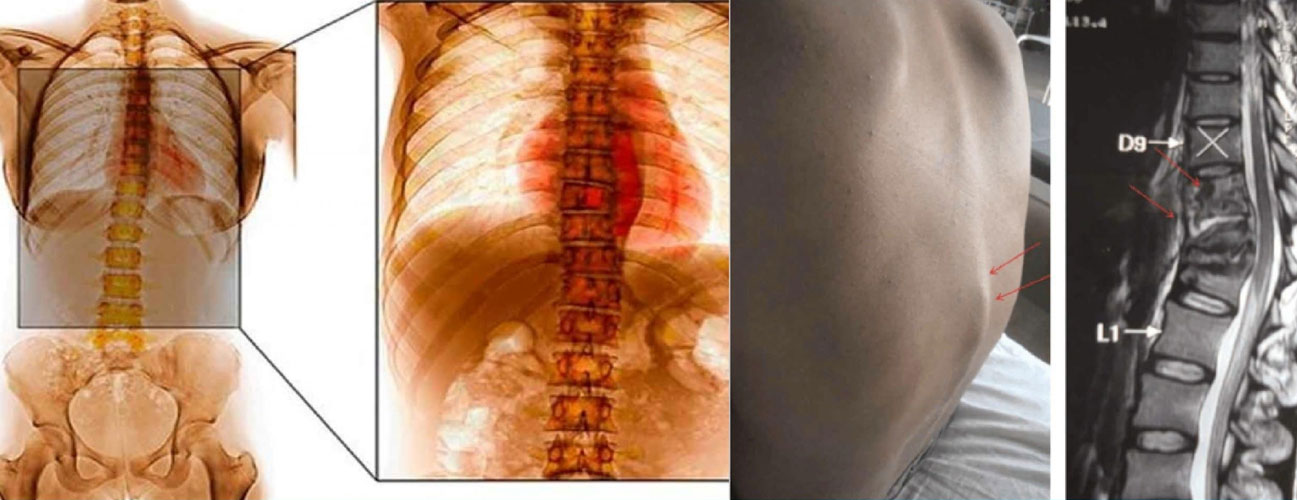Spinal Tuberculosis
Spinal tuberculosis, also known as Pott's disease or tuberculous spondylitis, is a rare but serious form of tuberculosis that affects the spine. It occurs when the bacteria Mycobacterium tuberculosis infects the vertebral bones and intervertebral discs of the spine. Spinal tuberculosis can lead to severe spinal deformities, neurological deficits, and other complications if not treated promptly and appropriately. Here's an overview of spinal tuberculosis:
Causes and Risk Factors:
- Spinal tuberculosis is caused by Mycobacterium tuberculosis, the same bacteria responsible for pulmonary tuberculosis.
- The bacteria typically reach the spine through the bloodstream from another site of active tuberculosis in the body, often the lungs.
- Risk factors for spinal tuberculosis include a history of tuberculosis infection or exposure, weakened immune system (e.g., HIV/AIDS), and living in regions with a high prevalence of tuberculosis.
Symptoms:
- Symptoms of spinal tuberculosis can vary but often include back pain that may worsen over time.
- Other common symptoms may include fever, night sweats, fatigue, weight loss, and loss of appetite.
- As the infection progresses, it can lead to neurological symptoms such as weakness, numbness, or loss of bladder or bowel control due to compression of the spinal cord or nerve roots.
Treatment:
- The primary treatment for spinal tuberculosis is a combination of antituberculosis medications (antibiotics) for an extended period, typically six to nine months or longer.
- Surgical intervention may be necessary in certain cases, especially when there is severe spinal deformity, neurological deficits, or instability.
- Surgery is usually considered after an initial period of medical treatment when there is no improvement or worsening of symptoms.
